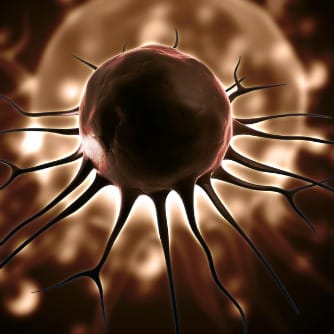Ischemia reperfusion injury affects nearly two million Americans annually with a wide variety of scenarios that temporarily impede blood flow — from traumatic limb injuries, to heart attacks, to donor organs. Restoring blood flow actually heightens inflammation and cell death rather than recovery for many of these patients. Babak Baban, from Georgia Regents University (Georgia, USA), and colleagues discover that indoleomine 2,3 dioxygenase, or IDO, widely known to dampen the immune response and create tolerance, plays an important role in regulating inflammation in that scenario. Stems cells and numerous other cell types are known to express IDO. In their study, IDO boosted stem cell efficacy by about a third, comparing the therapy in normal mice versus mice missing IDO. The researchers documented decreased expression of inflammatory markers, swelling and cell death, which correlate with a shorter, improved recovery. The study authors conclude that: “[indoleomine 2,3 dioxygenase] may potentially represent a partial role in triggering the beneficial effects of [bone marrow derived stem cells] in faster recovery and protection against structural changes and cellular damage in a hind limb [ischemia reperfusion] injury setting.”’
Advances in Treating Traumatic Limb Injuries
Masoumy M, Yu J, Liu JY, Yanasak N, Middleton C, Lamoke F, Mozaffari MS, Baban B. “The role of indoleamine 2,3 dioxygenase in beneficial effects of stem cells in hind limb ischemia reperfusion injury.” PLoS One. 2014 Apr 21;9(4):e95720.
RELATED ARTICLES




